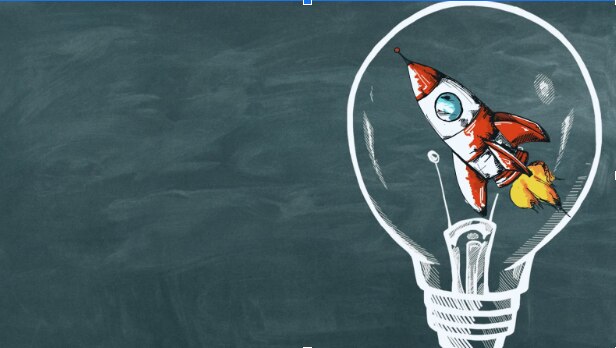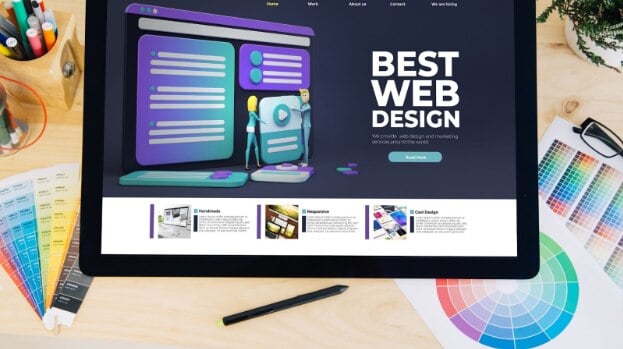¡Hola amigos! In the dynamic world of web design and development, we often overlook a critical player – human psychology. Yes, you heard it right! Psychology, that nuanced study of the human mind and behavior, surprisingly influences the world of pixels and codes more than you could ever imagine. So, let’s dive into this fascinating interplay between web design and human psychology, a harmonious symphony that, when well-conducted, leads to websites that captivate, engage and convert.
User-Centered Design: The Human Touch in the Digital Realm
Take a moment to ponder this . Have you ever asked yourself why certain websites make you feel at home, while others make you click the back button faster than you can say “adios”? It’s the subtle magic of user-centered design. The user, in this case, is a very human being with emotions, biases, and specific ways of perceiving the world.
Ever since I realized this, I’ve taken it as my mission to marry human psychology with design principles. My aim is to create intuitive user experiences that strike a chord with the visitor right away. It’s a delicate balancing act, but boy, isn’t it worth it when you see the engagement metrics soaring?
Cognitive Factors: The Underlying Threads
Web design is not just about making things look pretty. It’s a mental chess match. Understanding cognitive processes – perception, attention, and memory – can lead us to craft more intuitive and engaging websites.
Did you know that people remember only 10% of the information they hear, but as much as 65% of what they see? That’s right! We are, essentially, visual creatures. When we leverage this knowledge, we can build a website that captivates and holds attention through the right use of visuals and information presentation.
Emotional Design: A Heartfelt Connection
Have you ever stopped to ask yourself why that cute kitten video made you click “buy” on a box of tissues you never intended to purchase? Well, that’s emotional design at play. Websites that evoke emotions have a stronger bond with their users. We all love to feel, don’t we?
By designing with emotions in mind, we can build persuasive web interfaces that drive user action. It is not just about creating an aesthetically pleasing site. It is about evoking joy, trust, or even urgency – yes, I am looking at you, countdown timers!
Behavioral Psychology: Designing Actions
Then comes behavioral psychology. It’s like the spicy salsa to your nachos. Persuasive design techniques, such as scarcity cues or social proof, encourage users to take action. They are powerful tools that, when used wisely, can lead to effective calls-to-action.
Designing with behavioral psychology principles is about understanding the triggers that make us tick. It is about guiding the users towards certain actions without them feeling manipulated. A little bit of a conundrum, isn’t it?
Usability and Accessibility: More Than Just Courtesy
Usability and accessibility are not just optional add-ons. They are central to human-centric web design. It’s about designing for all users, taking into account the variety of ways people interact with the digital world. Yes, it takes effort. But, as the Spanish saying goes, “no hay rosas sin espinas” – there are no roses without thorns.
Brand Perception: The Subtle Art of Influence
Lastly, let’s talk about brand perception. The design and interactive elements of a website play a massive role in shaping how users perceive a brand. Building trust, credibility, and positive associations is a subtle art, yet it’s one that can pay dividends in the long run.
I believe a successful website is one that tells a story and connects with its audience on a deeply human level. It’s not just about having the latest tech or trendiest design. It’s about understanding your users and creating an experience that resonails with them.
So, what’s the takeaway here, folks? The best web designs are those that prioritize human psychology. They understand their audience, empathize with their needs, and provide them with a memorable experience. That’s where the magic happens. As I often tell my colleagues, “To design a great website, you need to walk a mile in your users’ shoes, even if they are virtual.”
As we continue to explore the intersection of design and psychology in web development, we unlock massive opportunities. Harnessing the power of behavioral analysis can lead to breakthroughs in the way we approach web design.
So here’s my cute catchphrase for you: “In the world of web design, it’s mind over matter!” Adiós, amigos, hasta la próxima.







